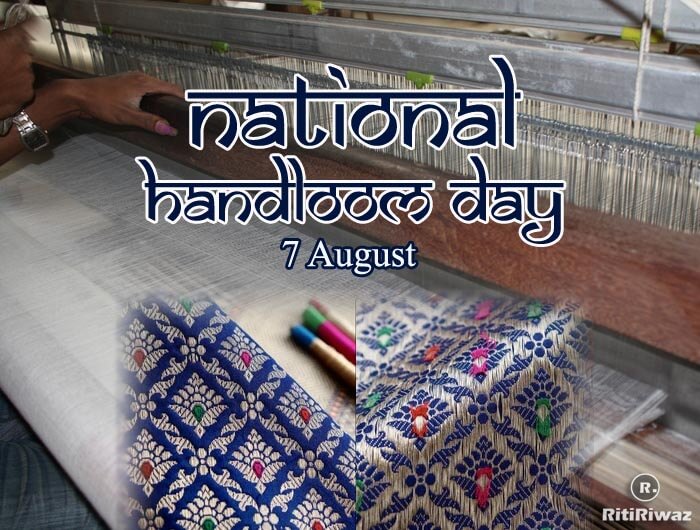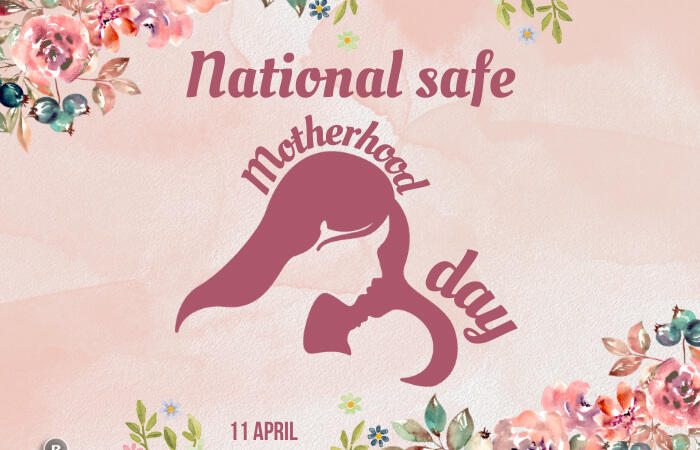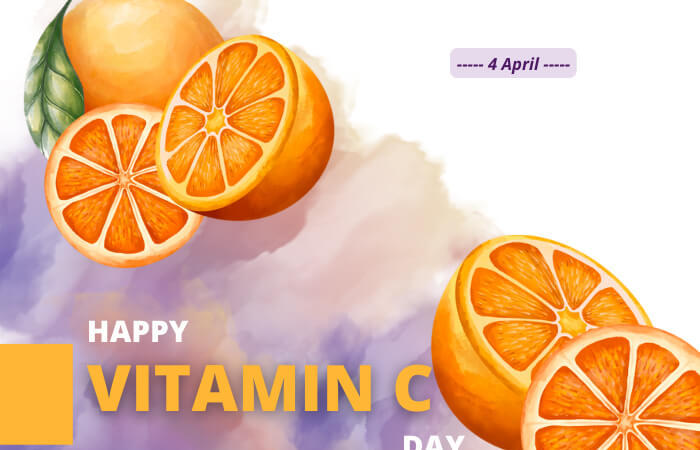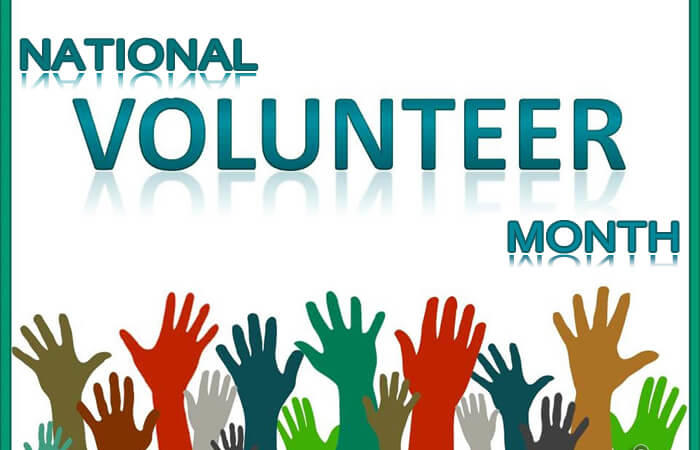National Handloom Day – 7 August

National Handloom Day is an annual celebration to honor the handloom weavers in the country, the day is celebrated every 7th of August since 2015. The day commemorates the contribution of the handloom and weavers to the development of the country.
National Handloom Day seeks to focus on the contribution of handlooms to the socio-economic development of the country. The day promotes handlooms to increase the income of weavers and also to bring their undying skills and hard work out into the limelight.
National Handloom Day is of historical significance. It marks the launch of the ‘Swadeshi’ Movement on August 7, 1905, in Calcutta Town Hall to protest against the partition of Bengal by the British Government. The movement aimed at reviving domestic products and production processes.
Mahatma Gandhi promoted the model of Hind Swaraj and Swadeshi with a focus on reviving traditional crafts looms, and most importantly self-reliant human skills. Gandhi’s charkha symbolizes the timeless legacy and art of spinning. It also exhibits the importance our ancestors attached to environment-friendly and resource optimization of scarce materials.
India has a rich tradition of handloom with each state and region known for weaving fabrics unique and peculiar to it. Pashmina Shawl typical to Leh, Ladakh, and Kashmir Valley, Kullu Shawl of Himachal Pradesh, Phulkari, and Panja Weave of Panjab, Panchachuli Weave of Haryana, Shisha weave of Rajasthan, famous Benarashi and Chikankari of Uttar Pradesh, Bhagalpuri Silk of Bihar, Bandhani of Gujarat.
Paithani of Maharashtra, Mysore Silk of Karnataka, Kasavu of Kerala, Kanjeevaram, and Kalamkari of Tamilnadu, Pochampally of Telangana and Andhra Pradesh, Chanderi and Maheswari of Madhya Pradesh, Single and Double ikat of Sambalpur. Odisha, Jamdani of West Bengal, Muga Silk of Assam, Naga Shawl of Nagaland, Rhea, and Pachhra of Tripura, Puan Cloth is woven on loin loom in Mizoram, all represent a wide range of handwoven fabrics typical to India.
Some initiatives are taken by the Government for the welfare of weavers:
-
Hathkargha Samvardhan Sahayata Scheme: Under the scheme, the union government assists the weavers by bearing 90% of the cost of new looms.
-
MUDRA Scheme: Under the scheme, the weavers can avail of loans ranging from Rs 50,000 to Rs 10 lakh with no requirement for any security.
-
Handloom Weavers’ Comprehensive Welfare Scheme: The government of India has been implementing this scheme with the following two components:
(i) Health Insurance Scheme (HIS): Government of India introduced this scheme in 2005-06 and implemented it in a revised form in 2007-08 and 2008-09. The aim of this scheme is to provide medical cover to the weaver and his family of Rs.37,500/- (Rs.7500 for OPD and Rs.30,000 for in-patient treatment (IPT).
(ii) Mahatma Gandhi Bunkar Bima Yojana (MGBBY): The government of India introduced this scheme in December 2003. The basic objective of this scheme is to provide enhanced insurance cover to the handloom weavers: Rs.60,000 in case of natural death, Rs.1.5 lakh in case of accidental death, and Rs.75,000 in cases of total or partial disability.
-
Besides this, the Ministry of Textiles has signed MoUs with Indira Gandhi Open University (IGNOU) and the National Institution of Open Schooling (NIOS). Children of weavers shall be able to avail themselves of school and university education, with 75% of fees being borne by the Government of India.
-
URBAN HAATS is set up in the big towns/metropolitan cities to provide adequate direct marketing facilities to the craft persons/weavers and eliminate intermediaries. 39 Urban Haats have been sanctioned across the country so far.
-
To support the handloom and handicraft sectors and to enable a wider market for handloom weavers/artisans/producers, steps have been taken to onboard weavers/artisans. Government e-Marketplace (GeM) enables them to sell their products directly to various Government Departments and organizations.
-
To promote the e-marketing of handloom products, a policy framework was designed and under which any willing e-commerce platform with a good track record can participate in the online marketing of handloom products. Accordingly, 23 e-commerce entities have been engaged in the online marketing of handloom products.
-
A social media campaign #Vocal 4 handmade was launched on the 6th National Handloom Day by the Government, in partnership with all stakeholders. #Vocal 4 handmade aim was to promote the handloom legacy of India and to ensure people’s support for the weaving community. The social media campaign has resulted in the renewed interest of the Indian public in handlooms and several e-commerce players have reported an increase in sales of Indian handloom products.
In the face of the unprecedented Covid-19 pandemic, it is not feasible to hold conventional marketing events such as exhibitions, melas, etc. To deal with this crisis, the Government endeavors to provide online marketing opportunities to our weavers and handloom producers.
Other Scheme
-
Design Resource Centres (DRCs) have been set up
-
National Handloom Development Programme (NHDP)
-
Comprehensive Handloom Cluster Development Scheme (CHCDS)
-
Handloom Weavers’ Comprehensive Welfare Scheme (HWCWS)
-
Yarn Supply Scheme (YSS)
-
North Eastern Region Textile Promotion Scheme
Indian handloom products have not been adequately marketed globally. We need to make handloom tradition fashionable by introducing new designs and color schemes so that it can find a reference place in the global textiles industry. Handloom weavers can make it possible by using ‘Make in India’ as a platform and at the same time can promote themselves and their innovative products not only in India but in the global market also.
Suggested Read: Important Days In August






